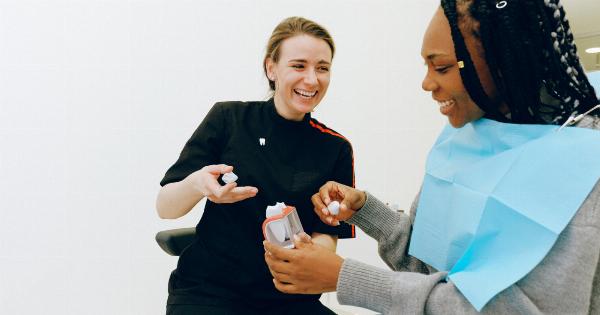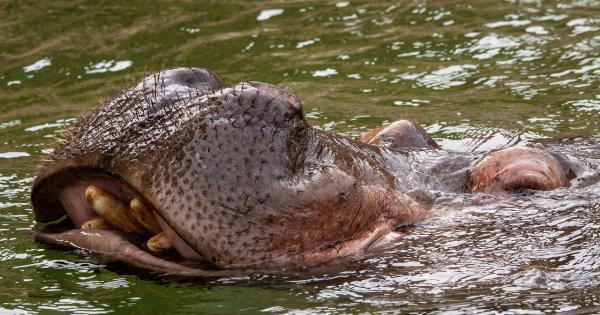Mouse tendon rupture is a common problem observed in research laboratories. It can occur due to various reasons, including the natural aging process, traumatic injuries, or genetic mutations.
The condition can lead to a severe loss in motor function, which is detrimental to research. Hence, efficient mouse tendon rupture surgery is necessary to prevent any adverse effects on the study or experiment. This article will discuss the technique of performing tendon rupture surgery on mice.
Preoperative Considerations
Before performing mouse tendon rupture surgery, several factors need to be considered to minimize the risk of complications. Firstly, mice need to be fasted for a minimum of 12 hours before surgery to prevent aspiration during anesthesia induction.
Secondly, it is essential to choose the right anesthetic agent. For mice, commonly used anesthetic agents include isoflurane, ketamine/xylazine, and avertin. Thirdly, proper aseptic technique must be maintained throughout the surgery to reduce the risk of infection.
Lastly, surgical instruments should be appropriately sterilized to prevent infections.
Surgical Techniques
The surgical procedure for mouse tendon rupture surgery involves the following steps:.
Step 1: Anesthesia and Analgesia
Once the mice are fasted, anesthesia can be induced. Anesthesia can be achieved using isoflurane, ketamine/xylazine, or avertin. Once the mice are completely anesthetized, analgesia should be administered to reduce any postoperative discomfort.
Step 2: Limb Preparation
The surgical site should be prepared using aseptic techniques. The limb should be shaved and disinfected with betadine or alcohol. Once the site is dry, a sterile drape should be placed over the limb, leaving only the surgical site exposed.
Step 3: Incision
An incision should be made through the skin and underlying fascia using a scalpel or scissors. Care should be taken not to damage any underlying blood vessels or nerves.
Step 4: Tendon Rupture
The tendon can be ruptured using various methods, including freezing, crushing, or cutting. Freezing is the most common method used for mouse tendon rupture surgery. The tendon can be frozen using liquid nitrogen or a cryoprobe.
The frozen tendon can be easily ruptured using a pair of forceps. Once the tendon is ruptured, the surgical wound should be irrigated with saline solution to remove any debris.
Step 5: Wound Closure
The surgical wound can be closed using either absorbable or non-absorbable sutures. The choice of sutures depends on the surgeon’s preference and the wound size.
Once the sutures are placed, the surgical site should be disinfectant with alcohol or betadine. An analgesic can be administered post-surgery to reduce postoperative pain.
Postoperative Care
After surgery, the mice should be observed for any complications, including bleeding, infection, or delayed wound healing. The mice should be housed in a clean and sterile environment to prevent infections.
Analgesics can be administered to the mice for postoperative pain relief. Food and water should be provided to the mice after they have regained consciousness. The mice should be monitored closely for at least 24 hours post-surgery.
Conclusion
Mouse tendon rupture surgery is a delicate procedure that requires proper planning and technique to minimize complications. Anesthesia should be administered before surgery, and proper aseptic technique must be maintained throughout the procedure.
The tendon can be ruptured using various methods, including freezing, crushing, or cutting. After surgery, the mice should be closely monitored for any complications.



























